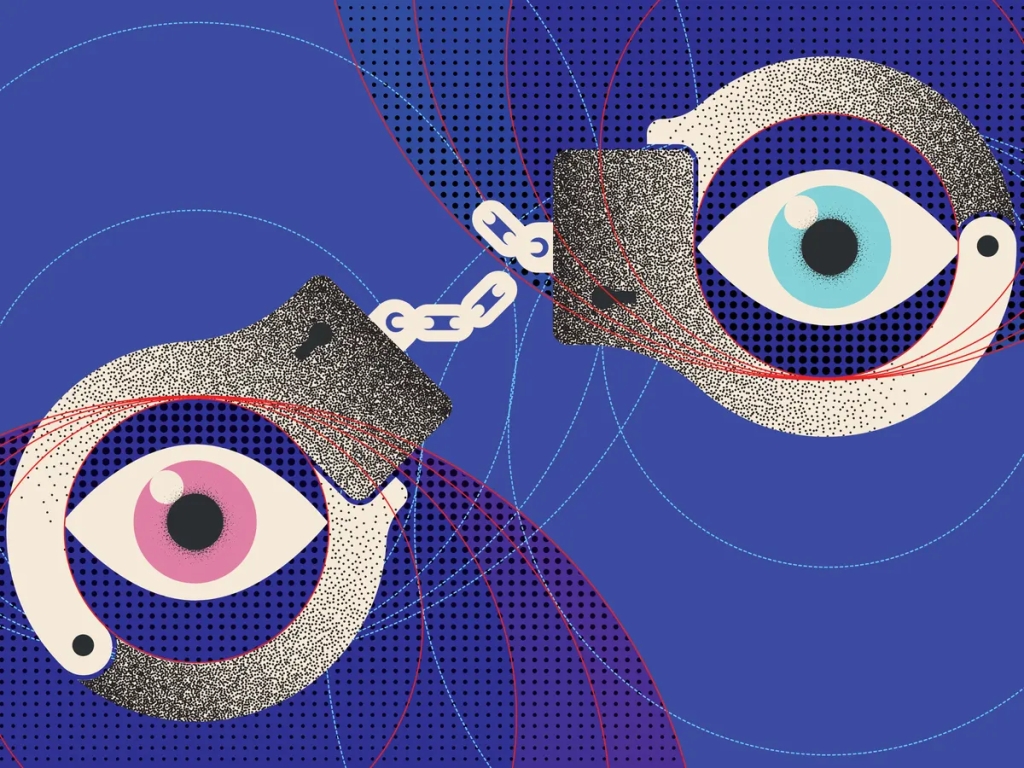
When looking into human stress responses, I learned about one of the odder side effects of the Gift of Set several years ago. Unlike nearly every other animal on the planet, which only experiences stress under conditions of actual threat, humans can be stressed chronically. The root of this comes from one of the critical features of the default conditions of the mind: we are not capable of differentiating between internal-symbolic experiences and external experiences. In other words, if you have someone visualize being attacked by a tiger enough, their bodies will react as if they were being attacked.
Much of the nightmares of human history derive from this same confusion between external conditions and internal symbol structures. Because our minds do not easily distinguish the two, it has been common for humans to invent symbol structures and mistake them for external realities. They will even forget that these things were the product of human action and attribute them to gods or other figures of myth. They will fight for the “reality” of these symbol structures, kill for and die for them.
This muddling also underlies much of how hypnosis works. Streams of words are produced, using the blurred lines between visualization and actions to create a condition of susceptibility where people begin to act upon the provided visualizations. This feature is vital to Greater White Magical practices.
This blurring capacity is not something to be fought but rather something to be retrained. There are situations where entering into symbolic structures is essential and valuable. Knowing how to disengage this capacity and then use it at will forms the first step towards making it a tool of the Gift.
Setians have a clear advantage in working to make this capacity a tool of the Gift. The Setian Theory of the Universe builds upon a core distinction between objective and subjective. The distinction can be thought of as this:
A consistent, ordered realm of objects exists that is measurable, analyzable, and understandable. However, at present, the extent to which this realm has been fully understood by humanity may only be in its infancy. We term this the objective universe. It can and should be studied via the material sciences such as physics, chemistry, and biology. While specialized qualifications are not necessary, some fundamental conceptual knowledge of these sciences should be pursued by anyone seeking to be an Initiate.
In addition to this objective universe, each being can perceive a subjective universe unique to them. This subjective universe comes from an interaction between the objective universe and the individual being and, as such, has a process of deletion, distortion, and generalization inherent in its process of perception. As such, the subjective universe of a given individual may be highly similar to the objective universe or radically different than it, but the subjective universe of any individual is not and cannot be the same as the objective universe.
As a human being, your subjective universe generates via your senses, which can perceive within a limited bandwidth of phenomena. This sensory information then becomes put through a process of interpretation, generating what could be thought of as a kind of “Graphical User Interface” or “GUI” that seems to you to be the only universe that exists, i.e., the one you are experiencing.
Mechanisms outside the control of most people influence this GUI’s generation process. While there are a myriad of processes at play, a few key ones are Perspective processes, Belief processes, Model processes, and Narrative processes. These processes will become the subject of future posts.
For most people, the difference between the subjective and the objective is not something that I have worked to learn. What they see is what they believe. This trait can be exploited in relatively benign ways through Stage Magic or more malignant fashions in the realm of confidence schemes, politics, and religion. Learning to differentiate events in the objective universe from your subjective experiences can help make you less susceptible to being mistaken and manipulated.
One of the key features, both in the blurring of perception with reality generally and in hypnotic settings, is the use of what Alfred Korzybski referred to as “The Is of Identity.” The Is of Identity relies upon this blurring feature, where the symbolic term for an external event becomes mistaken for the fundamental identity of that external event. As Korzybski phrased it, it is mistaking the map for the territory or the menu for the meal.
As an outgrowth of General Semantics, a technique known as Vernacular-Prime, or V-Prime, was developed. This approach calls for learning how to write without using conjugations of the verb “to be” with whatever Vernacular you primarily use. To do this, you must either provide verifiable, measurable notations like a scientist or situate your statements within your perceptions. Here are a few examples using English-Prime:
Conventional: “It is raining.”
E-Prime: “At the present moment, I observe rainfall.” or “It looks like rain.”
Note: You may notice that the second statement requires both a time denotation of the observation and a reminder that an “I” is actively perceiving. The alternate uses a less robust statement but flows easier in regular conversation.
Conventional: “Bach is better than any composer that ever was or ever will be.”
E-Prime: “For me, Bach seems like the best composer of all time.”
Note: A seemingly universal declaration becomes smaller and more contextualized as a given individual’s opinion.
If you already keep a journal, consider writing in this manner for the next week. If you do not keep a journal, take ten minutes daily to write down some event or